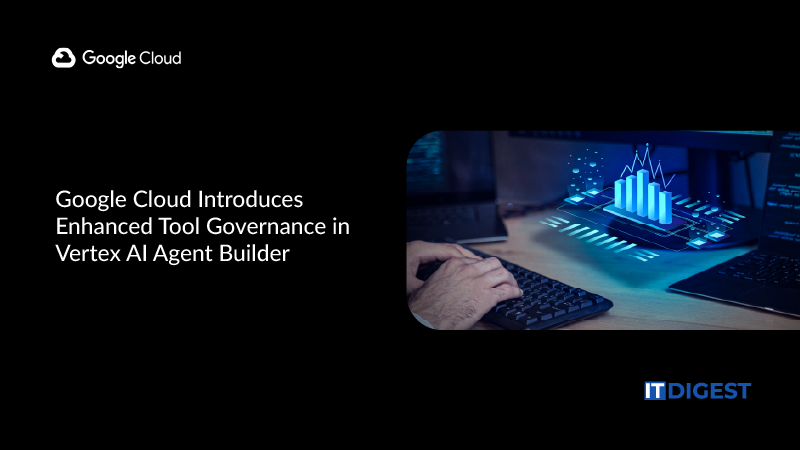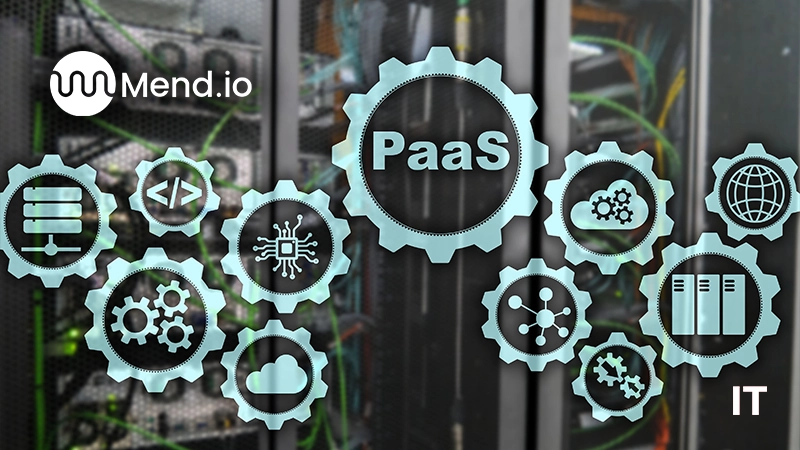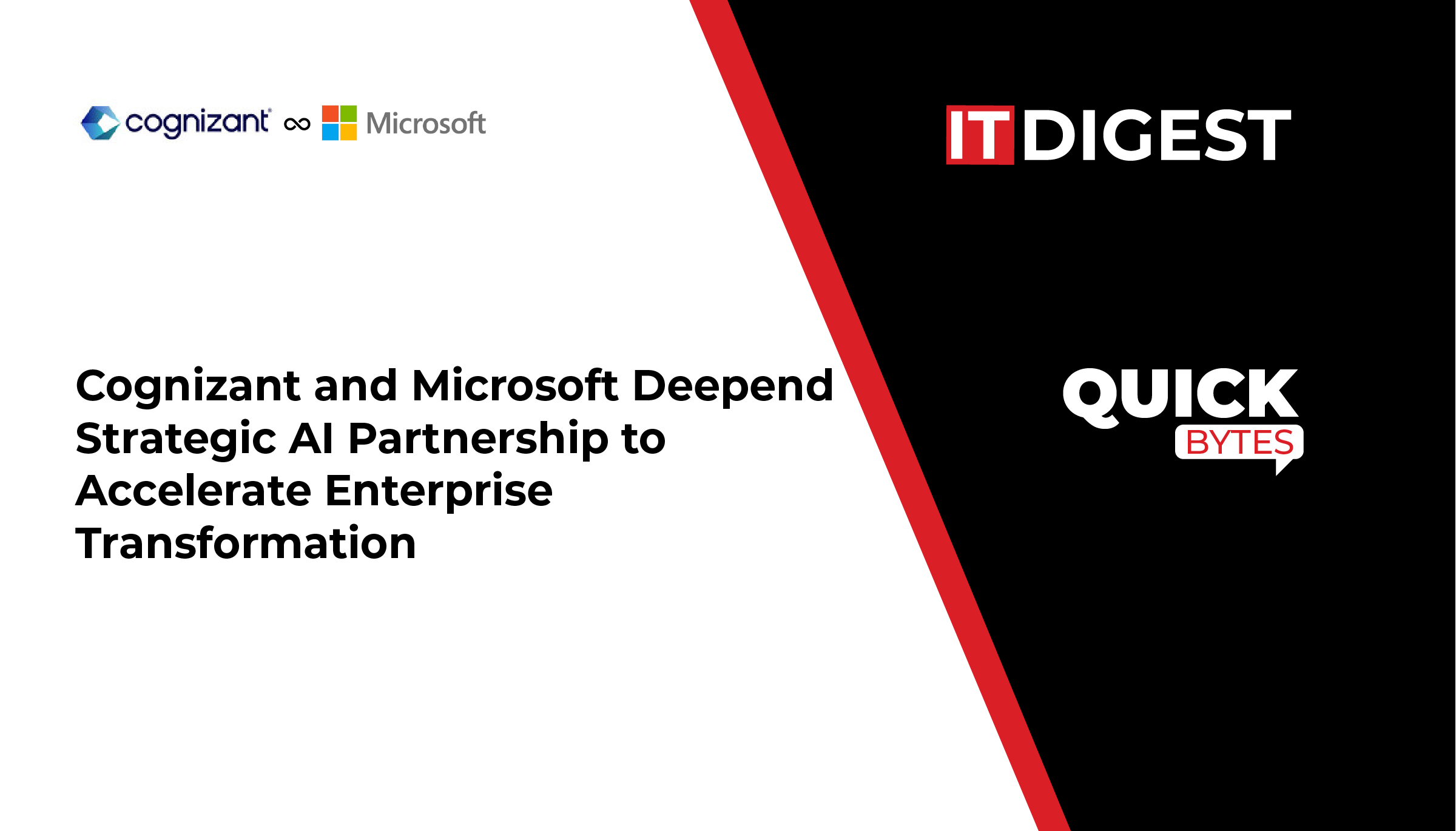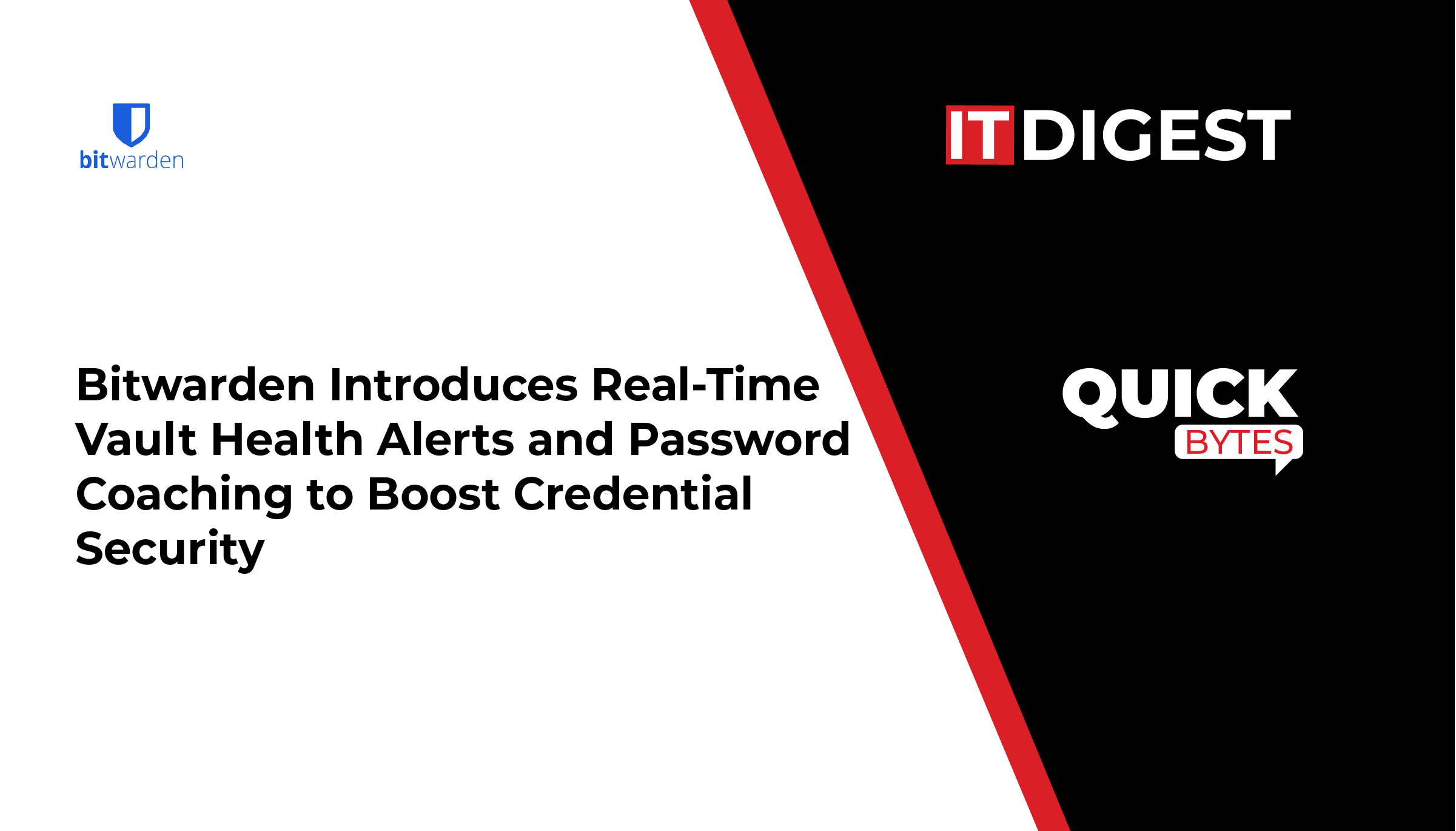Mend.io, a recognized leader in application security, has announced a new integration with Microsoft Defender for Cloud, aimed at enhancing how organizations detect, prioritize, and remediate open source vulnerabilities in cloud-native applications.
This integration embeds Mend.io’s powerful Software Composition Analysis (SCA) and reachability analysis directly into Microsoft’s Cloud-Native Application Protection Platform (CNAPP). With this capability, security and DevOps teams gain real-time, contextual visibility into exploitable open source vulnerabilities—without ever leaving the Microsoft Defender for Cloud interface.
“Modern cloud environments demand security solutions that can operate with precision and context,” said Vered Shaked, Mend.io’s EVP Corporate Development. “By integrating Mend.io’s reachability analysis into Microsoft Defender for Cloud, we’re delivering the runtime-aware intelligence teams need to accurately assess exploitability and prioritize remediation efforts at scale.”
Also Read: Qrvey Unveils Embedded Services to Speed SaaS Analytics
Integration Highlights:
-
Exploitability-Based Prioritization
Mend.io’s reachability analysis identifies which vulnerabilities are actually accessible during runtime, reducing noise by eliminating false positives and surfacing the most critical issues. -
Attack Path Visualization
Reachable dependencies are displayed within Defender for Cloud’s attack path graph, giving teams a clear view of potential threat vectors across the application environment. -
End-to-End Visibility Across the SDLC
Vulnerabilities are traceable from open source libraries through to containers and Kubernetes pods, helping teams connect development-time issues with runtime risk.
As open source adoption accelerates in cloud-native environments, the pressure on security teams to act quickly—without compromising on accuracy—continues to grow. This integration empowers organizations to respond faster and more effectively by delivering actionable insights directly into their existing workflows. It also fosters stronger collaboration between security, DevOps, and development teams by bridging the gap between code and runtime.

































